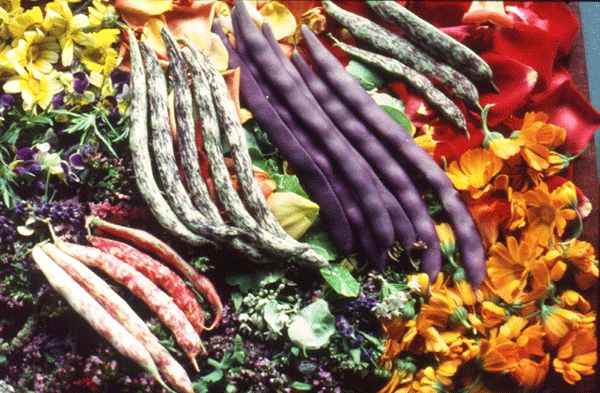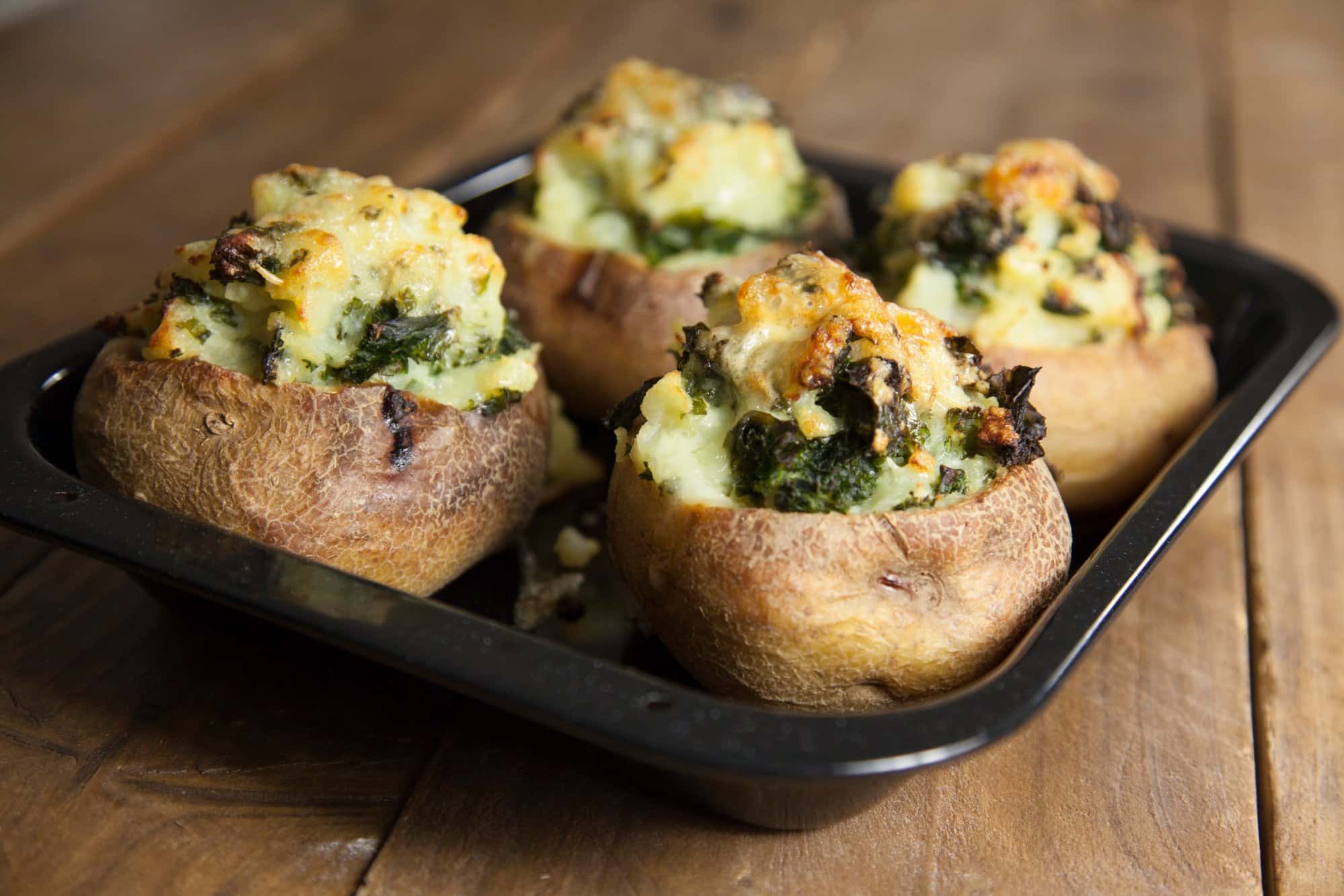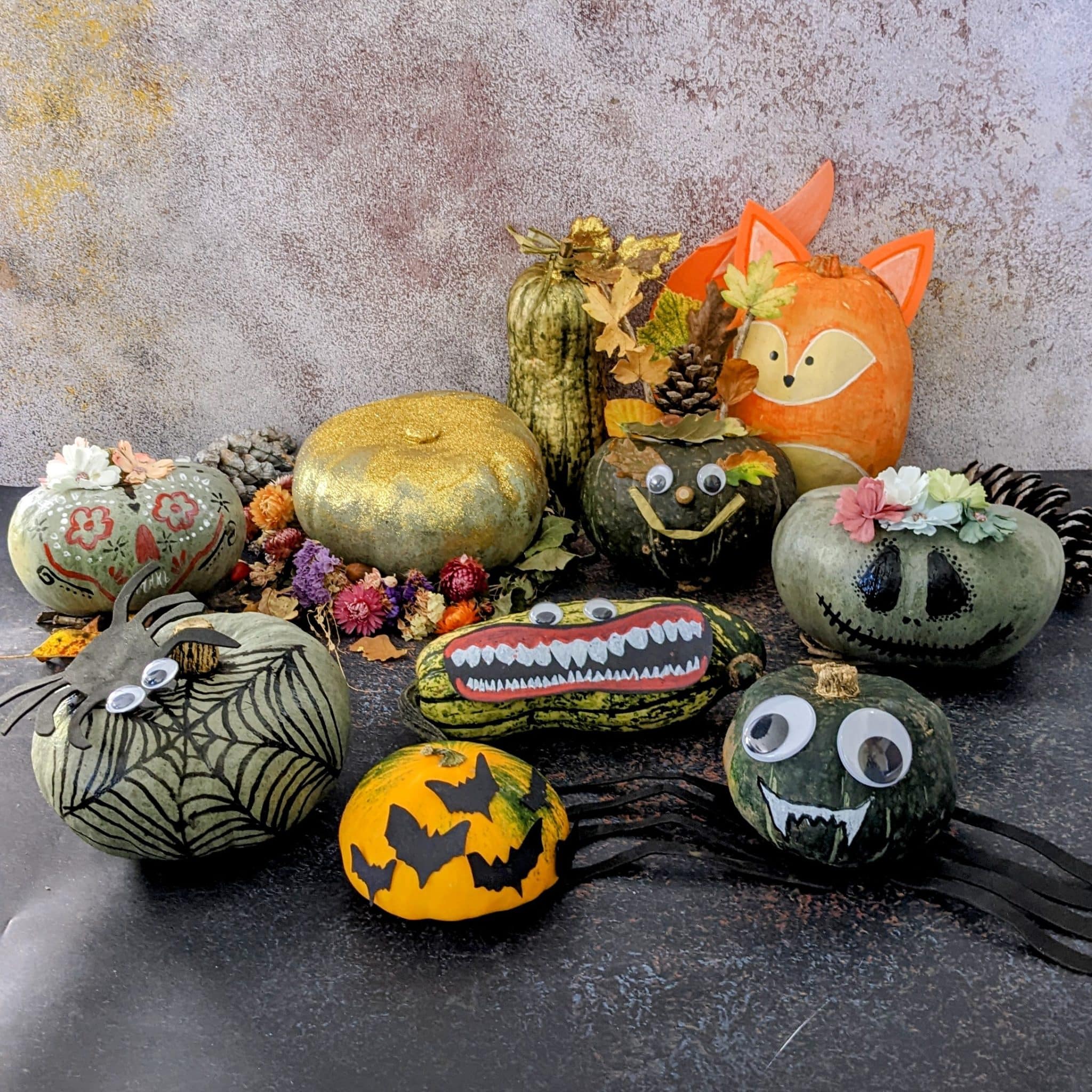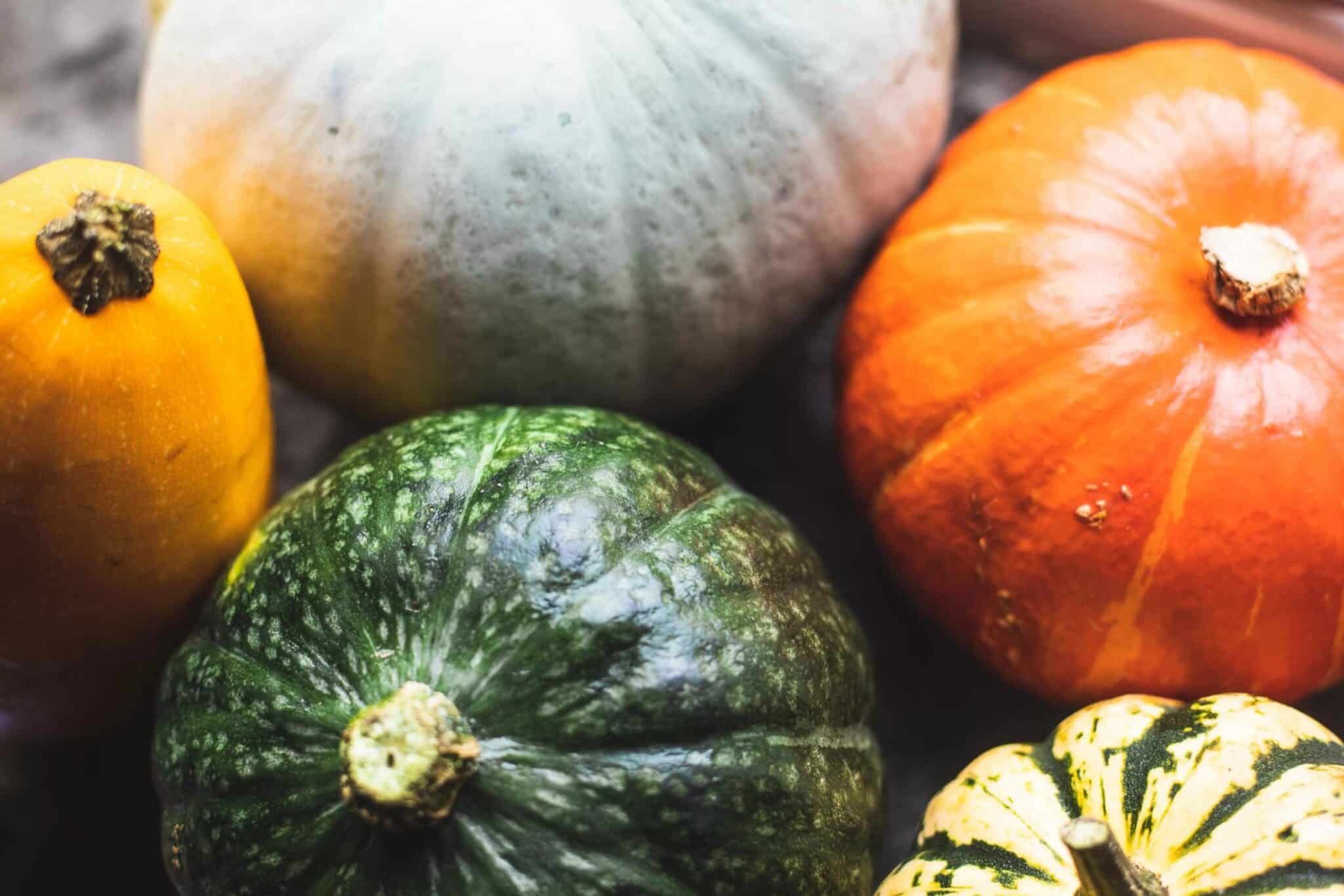This time of year I’m loving picking – and eating – my organic fruit and veg.
To be honest, it’s been a mixed year for output, with cool rainy conditions in May and much of August, and what felt like an all too brief a heatwave in June. This means tomatoes are struggling to ripen, but beans and courgettes are bountiful.
As always, I’m working hard to find ways to store this wonderful summer produce so I can relish it through the winter. There’s nothing like a strawberry granita to bring on a smile in January.
So, what have I learnt? First, the produce itself needs to be in perfect condition – no blemishes or breaks in the skin. It is easy to bruise fruit and veg as you harvest them, and once they are no longer growing they have no means to heal.
Second, different crops, such as carrots, potatoes, alliums, beans, tomatoes – even apples and pears – all need different storage conditions. Yes, the freezer is your friend. But there are other ways to keep things fresh and edible over the coming months.
Here are some tips:
Carrots, beetroot and other root crops. Because these roots are the storage organs of biennial plants, they store naturally and easily. Take care harvesting to avoid skin damage. Brush off any excess soil, but don’t wash or scrub as this may damage the skin. Remove leaves by twisting off close to crown (the best leaves can be eaten straight away, in soups and stews.) Place the roots in shallow crates/boxes, separating layers with a slightly damp packing material such as leaf mould, sand, sieved soil or even sawdust. If cool, below four degrees, they should keep for months.

Potatoes, however, require slightly different conditions. They must be kept dry and dark to prevent them turning green (which is when they develop high levels of solanine, a toxic alkaloid). Finish digging up the last tubers on a dry day – leaving them out to dry for a few hours. Any damaged tubers (I’m always sticking a fork through at least one good sized potato) should be cooked straight away. Then store the good ones in thick paper sacks closed at the neck to conserve moisture. Don’t use plastic bags – the humidity will be too high, which stimulates sprouting. Keep cool, but protect from freezing.
Onions and shallots should be picked before the first ground frosts. It’s important to keep them in a hot, dry place for a few weeks so the skins become dry and papery. Plait into ropes or hang in net sacks, which allow the air to circulate freely.
Beans are still coming thick and fast – both climbing and French varieties. My freezer is filling rapidly, so now I’m switching to drying the pods. This will give me dried beans for soups and casseroles (my favourite bean dish is ful mesdames, when beans are cooked and served soft, stirred through with oil, lemon juice and a generous bunch of fresh herbs). I find the damp Autumn weather never really lets me dry the pods on the plant, so I pick them when the pods feel fat with seeds inside, and spread them out on paper until they are cracklingly dry and ready to pop. Shell out the beans, give them a bit more drying time, then store in a paper bag or glass jar.
Pick green tomatoes before the first frost. They might still ripen indoors – putting them in a bag or box with a ripe apple or banana will help.

My two bumper crops this year are apples and pears. Both have to be picked with huge care, as only perfect fruits will store successfully. Admittedly pears are difficult to keep for any length of time – try picking just before they are truly ripe to give yourself a few extra days.
Apples, however, I can make last until the end of March. Cookers, coxes and russets are the best long-term storers. Sadly, my James Grieve, with their sweet yellow summer flesh and slightly waxy skin, won’t last more than a month at their juicy best. Make sure all fruits are kept in cool, dark and slightly damp conditions – and take care that they don’t touch each other. This stops a bruised or rotten fruit infecting its neighbours. Some people even wrap each individual apple in paper. It’s part of the calming Autumn ritual which helps you prepare for winter.
The Grow Your Own Wicked Leeks series is written by Garden Organic, the national charity for organic growing. Each month we bring you timely advice on what to do in your organic patch, whether you’re an experienced grower or just starting out. Share your own tips and gardening photos on social media under #GYOWickedLeeks.















I love reading this excellent report. Keep up the great work. So important!
Thank you Donna! It’s a delight to remind people how to enjoy their hard earned garden delights. It’s also the sustainable approach to growing and eating healthy fruit and veg – keeping food miles down, , and saving it for winter months to avoid costly imports.